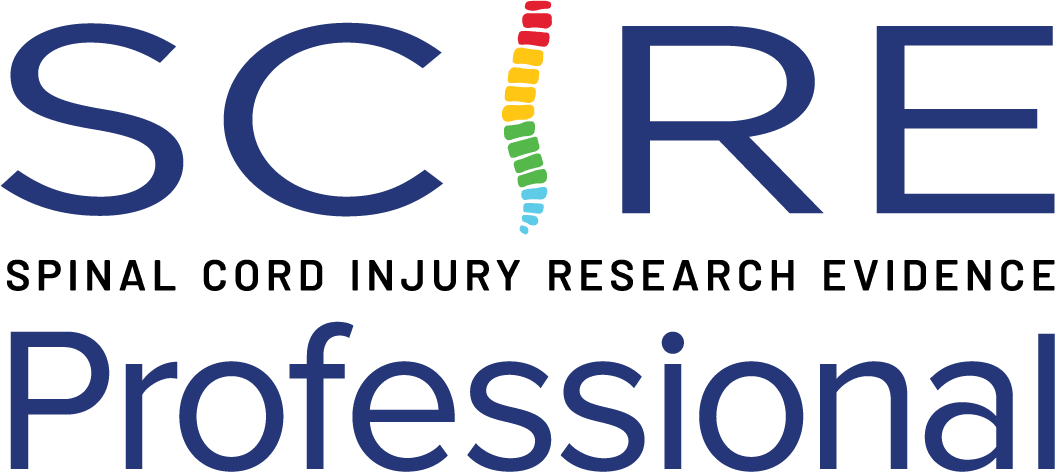Whole-Body Vibration (WBV)
The use of whole-body vibration (WBV) has become more common in the last decade as a method for improving postural control, muscle strength, and power in numerous healthy and pathological people (Alashram et al. 2019). It can be defined as standing or training on a vibrating platform, which transmits sinusoidal oscillations to the whole body via feet (Cardinale & Bosco 2003).
Discussion
Even though whole-body vibration (WBV) is more common than it once was, the research supporting its usage in people with SCI is somewhat limited. In 2009, Ness and Field-Fote first demonstrated the feasibility and potential benefits of WBV on walking function in people with SCI (Ness & Field-Fote 2009). This small pre-post study found a mean improvement in walking speed of 0.062 m/s, which although statistically significant, was considered a small effect size. Herrero et al. (2010) suggested that that peak blood flow in the femoral artery increased with higher vibration frequencies (20 or 30 Hz), thus promoting circulation in the legs and increasing muscle activation.
In an RCT, In et al. (2018) measured walking speed comparing WBV plus conventional physical therapy (30 minutes of ROM mat exercises, and gait training) versus sham WBV and the same physical therapy program. Both groups improved walking ability, but people in the WBV group improved significantly more on the 10MWT. However, two other RCTs (Estes et al. 2018; Bosveld & Field-Fote 2015) found no differences in walking speed (10MWT), though potential benefits of WBV through improvements in muscle force output and sit-to-stand function were found in Bosveld & Field-Fote (2015).
Conclusions
There is level 1 evidence (from 1 RCT: In et al. 2018) and level 4 evidence (from 1 pre-post study: Ness & Field-Fote 2009) that a minimum of 4 weeks of WBV training could have beneficial effects on walking speed in patients with chronic and motor-incomplete SCI.
There is level 1 evidence (from 1 RCT: Bosveld & Field-Fote 2015) that WBV improved muscle force output and Sit to Stand test scores, though neither of these differences was significant.
